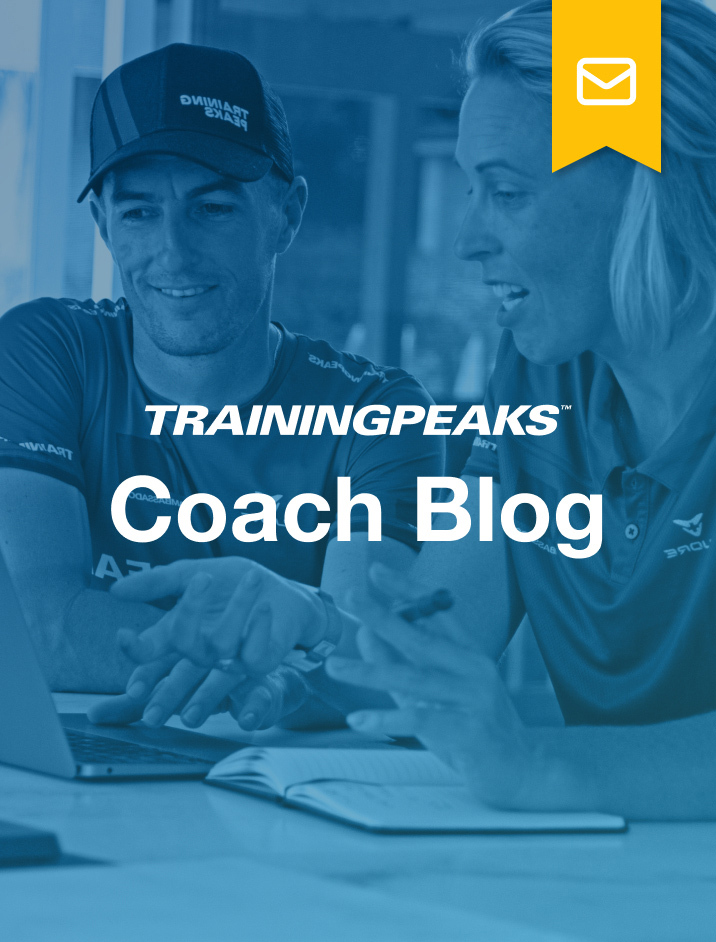The two main forces we have to overcome on our bikes are rolling and air resistance, the latter being the bigger of the two. To go faster you have a choice: you can work super hard to develop your power so you can push more air out of the way to go faster or you can work on reducing the amount of air you need to push by developing a more aerodynamic position. The relationship between drag (expressed as CdA) and speed isn’t linear. Simply put, doubling your power output doesn’t double your speed or we’d see Tour de France sprinters battling for the line at over 250 kph. The reason why this doesn’t happen is that most of the energy that you put into your pedals is used to overcome air resistance, hitting air molecules and punching them aside. As you go faster, not only are you hitting those air molecules harder, but you’re also having to push through more of them every second.
We invest a lot of our time working on the physiological factors of fitness —coaching, planning and training to develop the engine room. But, once we are above 13 miles per hour a 1 percent reduction in CdA is equivalent to 1 percent increase in power. Most riders would be over the moon with a 4 percent increase in power from a 4 to 6 week training block, yet with a positional coaching process we can often reduce CdA by 5 percent in one session with none of the associated risks of training. However, for all the go-faster aero kits and equipment available, the rider is still accountable for 70 to 80 percent of drag. If your position on the bike isn’t aerodynamically optimized, you can’t hold that position and it saps your power. You’re wasting hard-earned watts and giving away speed.
Coaching a more powerful position
I believe bike fitting is an on-going process; a bike fit is an evolution, not a revolution. It should not be something introduced toward the end of competition preparation, but something that is addressed throughout the training cycle. An athlete’s bike fit is something that can evolve and improve throughout their career. It can change during adolescence, through injury and, most importantly, through specific training.
Positional coaching is something new and is very powerful. It’s a team process that you as a coach evolve with the athlete. It is a new discipline.
A bike fit focuses on mechanics and on the adjustable elements of the bike. Coaching traditionally focuses on physiology, the development of power and efficiency. However, when it comes to position and riding performance, the human body is adaptable. Positional coaching takes elements of both and specifically works with the athlete to create a riding position that will enable them to perform at their highest level. Positional coaching addresses not just how you sit on the bike, but also how you pedal it, finding the perfect balance between the 3 pillars of position: aerodynamics, power and comfort (or sustainability).
At the moment, very few bike fitters or coaches are taking this approach. The knowledge to develop, evolve and optimize riding position as an ongoing process is not being passed on effectively to athletes. No one can know everything, but if we combine the collective knowledge of coaching and positional expertise in a simple framework it can lead to great gains.
The aim of positional coaching is to educate people through a process; to find out the bits of them that are adaptable and what parts of the bike can be adjusted without cost to performance to facilitate riding that position. So, how do you coach someone to adopt a new position, feel stronger and to hold it for longer? Constant feedback and the knowledge to interpret it is the answer. By listening to their teething pains you can work out what will change over time with controlled practice and specific exercises. It will also show you what parts of the position inherent in the makeup of their body may well be limiting.
Understanding the many different factors of positional coaching gives you an exciting new tool in the pursuit of better performance for your athlete.





